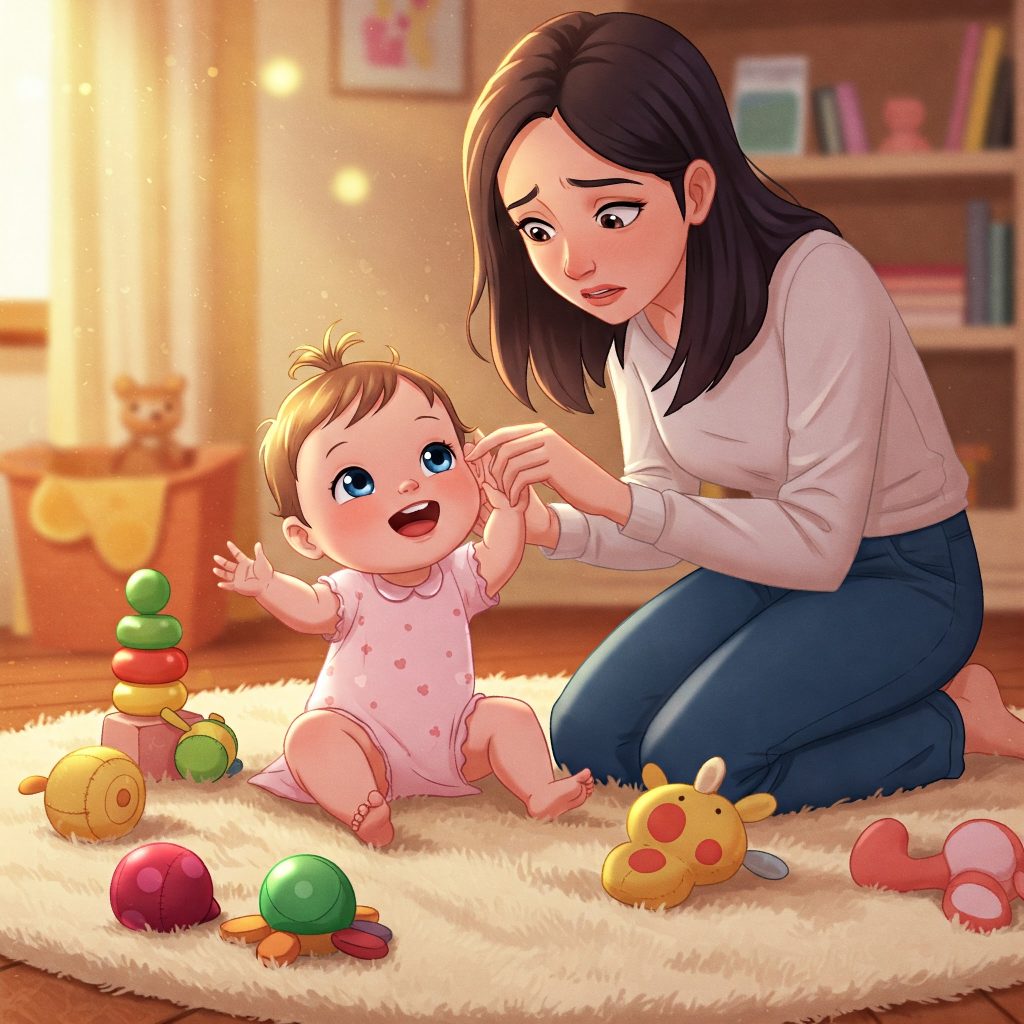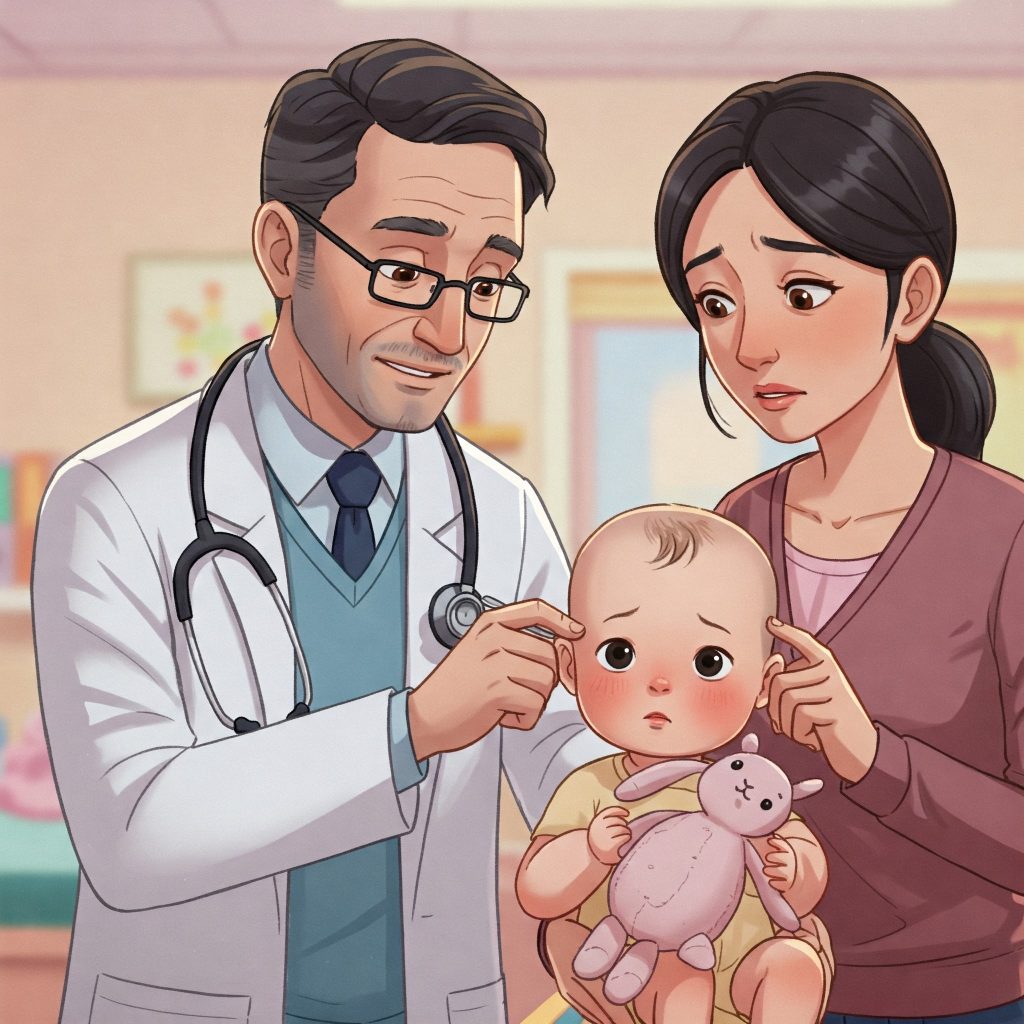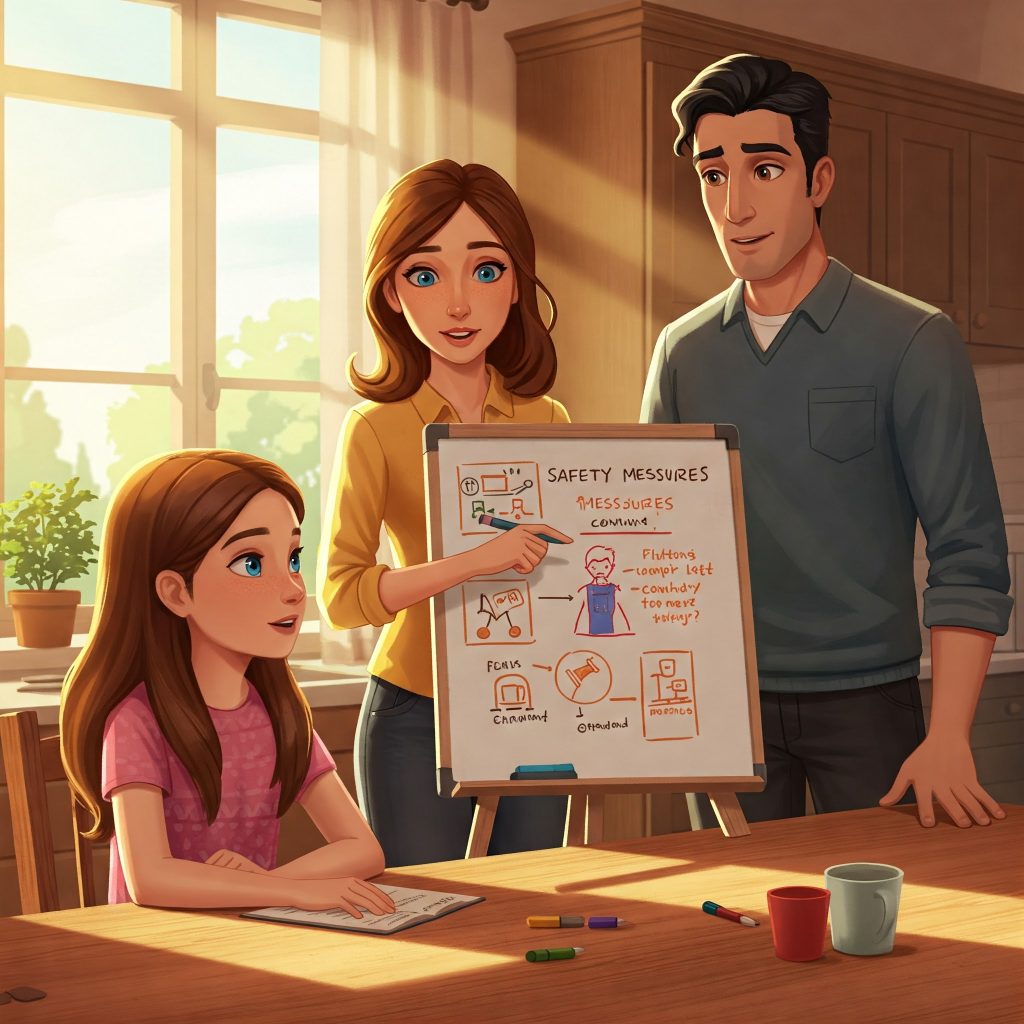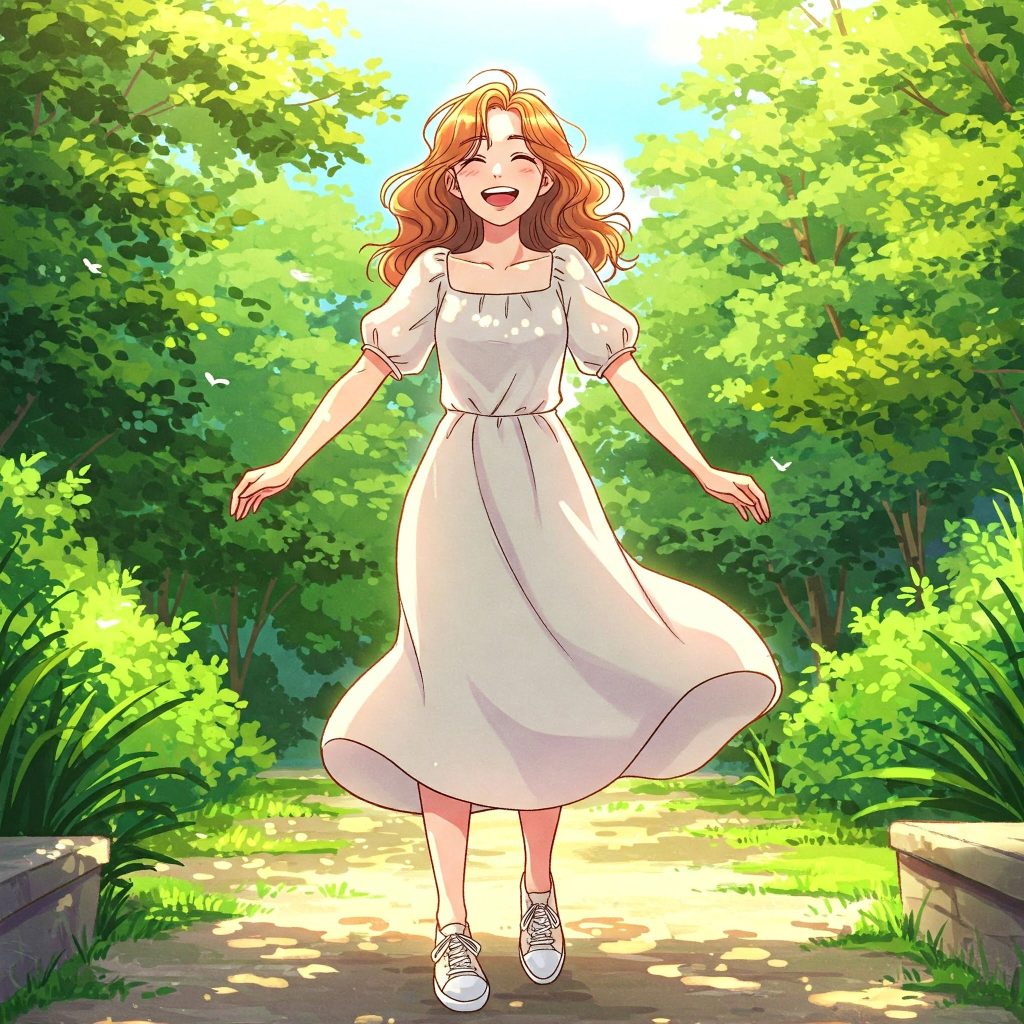Opening Scene: Imagine falling down and scraping your knee, but instead of crying, you just get up and walk away. No tears. No “ouch!” Just silence. Now imagine living your whole life like that — never feeling a single bit of pain.
This is the true story of Ashlyn Blocker, a girl from a small town in Georgia, USA, who was born with an extremely rare condition — one that almost seemed like a superpower… until it turned dangerous.
Chapter 1: Something’s Not Right
Ashlyn was born in 2000. At first, everything seemed normal. She had a full head of hair, bright eyes, and a soft baby giggle.
But when she was around 8 months old, her mother, Tara, noticed something strange. Ashlyn had an ear infection. Her ear was swollen, red, and oozing (leaking liquid). But Ashlyn wasn’t crying. In fact, she was laughing and playing like nothing was wrong.

The doctors were confused. Babies usually scream from ear infections because they hurt — a lot. But Ashlyn? She didn’t even notice.
As time passed, more weird things happened. Ashlyn once put her hand on a hot surface and got burned — but didn’t pull her hand away. She even chewed her tongue while teething and didn’t stop — because she couldn’t feel the pain.
Chapter 2: A Diagnosis that Shocked Doctors
When Ashlyn’s parents took her to specialists, she underwent several tests. Finally, doctors diagnosed her with a rare genetic condition called Congenital Insensitivity to Pain (CIP).

Let’s break that down:
- Congenital means from birth.
- Insensitivity means not reacting to something.
- So, Congenital Insensitivity to Pain means a person is born with the inability to feel pain.
This is not the same as being brave or having a high pain tolerance — her nerves simply don’t send pain signals to her brain. Her body doesn’t know when it’s hurt.
Only a few hundred people in the world have ever been diagnosed with this condition.
Chapter 3: The Curse Behind the Superpower
At first, this might sound like a cool superpower. No pain? Great! Right?
But here’s the scary part — pain protects us.
Pain tells us when something is wrong. If you touch a sharp object, pain tells you to stop. If you break a bone, pain tells you not to move it. But without pain, Ashlyn’s body had no warning system.
She once got a piece of dirt in her eye and scratched her cornea (the clear front part of the eye) badly. She didn’t even blink. Her eyes had to be specially monitored and treated to keep her vision safe.
She also had to be watched closely while eating. If she bit her tongue or cheek, she wouldn’t know. Her parents once found her with a bloodied mouth after chewing on her own tongue.
Because of these risks, Ashlyn’s parents had to treat her like she was made of glass — always careful, always alert.
Chapter 4: Life with CIP
Ashlyn learned to live with her condition. Her parents and doctors taught her to watch for visual signs of injury — redness, swelling, bleeding — since she couldn’t rely on pain.

They also made rules:
- No rough play.
- Always check for cuts or bruises.
- If something looks swollen, tell an adult.
Ashlyn even began educating others about her condition. Her family started a camp called Camp Painless But Hopeful— a place where kids with CIP could meet, share stories, and feel less alone.
Chapter 5: What’s Happening in Her Body?
Let’s go a little deeper — but still simple.
Our body has nerve cells that carry signals from different parts of the body to the brain. One type of signal is pain.
In Ashlyn’s case, the genes responsible for making pain-sensing nerves didn’t work properly. Her nerves could feel touch, temperature, and pressure, but the special pain signal never made it to her brain.
It’s like having a fire alarm that never rings — the fire still burns, but no one gets the warning.
There is currently no cure for this condition, but scientists are studying it carefully. Some even believe that understanding CIP could help create better painkillers for people who suffer from chronic pain.
Closing Scene:
Ashlyn is now a teenager, and her life isn’t easy. She has to be careful every day. But she is strong, smart, and hopeful. She helps scientists learn more about the human body. And she proves that even when you can’t feel pain, you can still feel joy, love, and purpose.

So the next time you say “ouch!” — remember — that little pain might just be your body’s way of keeping you safe.